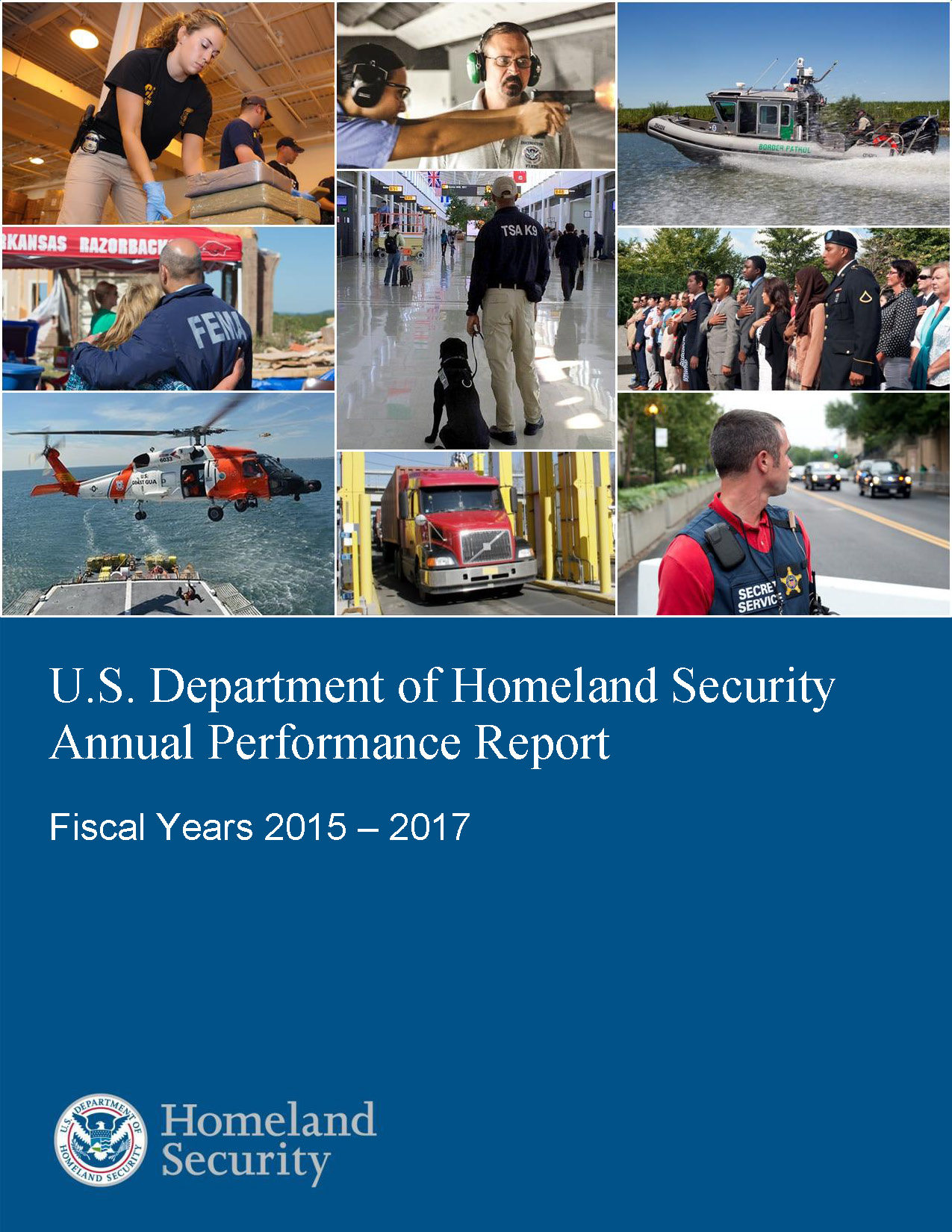- Home
- Agencies
- Department of Agriculture
- Department of Housing and Urban Development
- General Services Administration
- Department of Commerce
- Department of the Interior
- National Aeronautics and Space Administration
- Department of Defense
- Department of Justice
- National Science Foundation
- Department of Education
- Department of Labor
- Office of Personnel Management
- Department of Energy
- Department of State
- Small Business Administration
- Environmental Protection Agency
- Department of Transportation
- Social Security Administration
- Department of Health and Human Services
- Department of the Treasury
- U.S. Agency for International Development
- Department of Homeland Security
- Department of Veterans Affairs
- Goals
- Initiatives
- Programs
Primary tabs
Key to Changes
This text is Revised text
This word has been added to the text
This text is Last Published text
This word has been removed from the text
Modifed styling with no visual changes
Strategic Objective
Goal 4.2: Secure the Federal Civilian Government Information Technology Enterprise
Strategic Objective
Overview
The Federal Government provides essential services and information on which many Americans rely. Not only must the government protect its own networks, it must serve as a role model to others in implementing security services. DHS itself plays a leading role in securing federal civilian networks, allowing the Federal Government to do its business securely. DHS partners with agencies to deploy products such as the EINSTEIN set of capabilities that provide perimeter network-based intrusion detection and prevention.
We will pursue the following strategies to secure the federal civilian government information technology enterprise:
- Coordinate government purchasing of cyber technology to enhance cost-effectiveness by using strategically sourced tools and services such as the Continuous Diagnostics and Mitigation program.
- Equip civilian government networks with innovative cybersecurity tools, information, and protections by supporting research and development and making the innovations from research and development available not only to the Federal Government but widely available across the public and private spheres.
- Ensure government-wide policy and standards are consistently and effectively implemented and measured by promoting the adoption of enterprise-wide policy and best practices and working with interagency partners to develop government-wide requirements that can bring the full strength of the market to bear on existing and emergent vulnerabilities.
Progress Update
The Department of Homeland Security (DHS) has determined that performance toward this goal is making satisfactory progress.
Introduction
The Federal Government provides essential services and information on which many Americans rely. Not only must the government protect its own networks, it must serve as a role model to others in implementing security services. DHS itself plays a leading role in securing federal civilian networks, allowing the Federal Government to do its business securely.
Major Achievements
Among our successes, the Continuous Diagnostics & Mitigation (CDM) program significantly improved initial operating capacity, and the Chief Information Officer (CIO) team conducted extensive engagements with stakeholders and partners across the federal civilian government to increase CIO’s knowledge on the cybersecurity services available to them by DHS and to foster collaboration and coordination.
As of December 31, 2014, DHS reached a total of 62 signed Memoranda of Agreement (covering all 23 non-defense Chief Financial Officer Act agencies in addition to 40 small/micro agencies and the U.S. Postal Service) to permit DHS to provide the full suite of EINSTEIN program capabilities for internet security situational awareness. The EINSTEIN Program is an automated process for collecting, correlating, analyzing, and sharing computer security information across the Federal civilian government so that federal agencies will be aware of the threats to their infrastructure in nearly real-time and can act swiftly to take corrective measures. DHS increased EINSTEIN 2 coverage to 79 departments or agencies, including 18 of 18 .gov Trusted Internet Connection Access Providers.
DHS also established intrusion prevention services with two additional internet service providers (ISPs), putting three “Tier 1” critical ISP Intrusion Prevention Security Service contracts in place. DHS deployed Einstein 3 Accelerated capabilities to one ISP, providing the capacity to protect 500,000 federal users from malicious e-mail attacks (such as e-mail-initiated spear phishing campaigns) or malware installed on .gov networks from communicating with external entities attempting to control that malware.
As of December 31, 2014, CIO increased the number of required Personal Identification Verification (PIV) card users to authenticate to a DHS network from 16 percent to 84 percent. DHS CIO also designed and hosted the first Small and Micro Agency Cybersecurity Support Workshop, providing information to small agency Chief Information Security Officers (CISOs) and CIOs on the cybersecurity services available to them through DHS.
Through outreach activities, DHS was able to receive all Secured Content Automation Protocol (SCAP) feeds from the departments/agencies for the first time. This effort also included a Performance Analysis Console which was implemented within CyberScope that includes vulnerability risk scoring charts on Agencies’ Federal Information Security Management Act (FISMA) and SCAP submissions over periods of time, furthering our understanding of risk through data.
Major Challenges & Opportunities for Improvement
Executive Order13691, Promoting Private Sector Cybersecurity Information Sharing, granted DHS authorities in developing a unique standards organization for information sharing. DHS has an opportunity to collaborate with both public and private sector partners to increase the exchange of threat information beyond the current capabilities by creating a common set of standards to govern the creation and function of Information Sharing Analysis Organizations. Deploying our technical tools can present a challenge as CDM will not operate at full capacity until the sensors are fully installed at participating agencies and the Federal dashboard is operational. In addition, the interpretation of the implementation of HSPD-12 Mandatory PIV varies from agency-to-agency across government, creating a disparity when results are rolled up.









